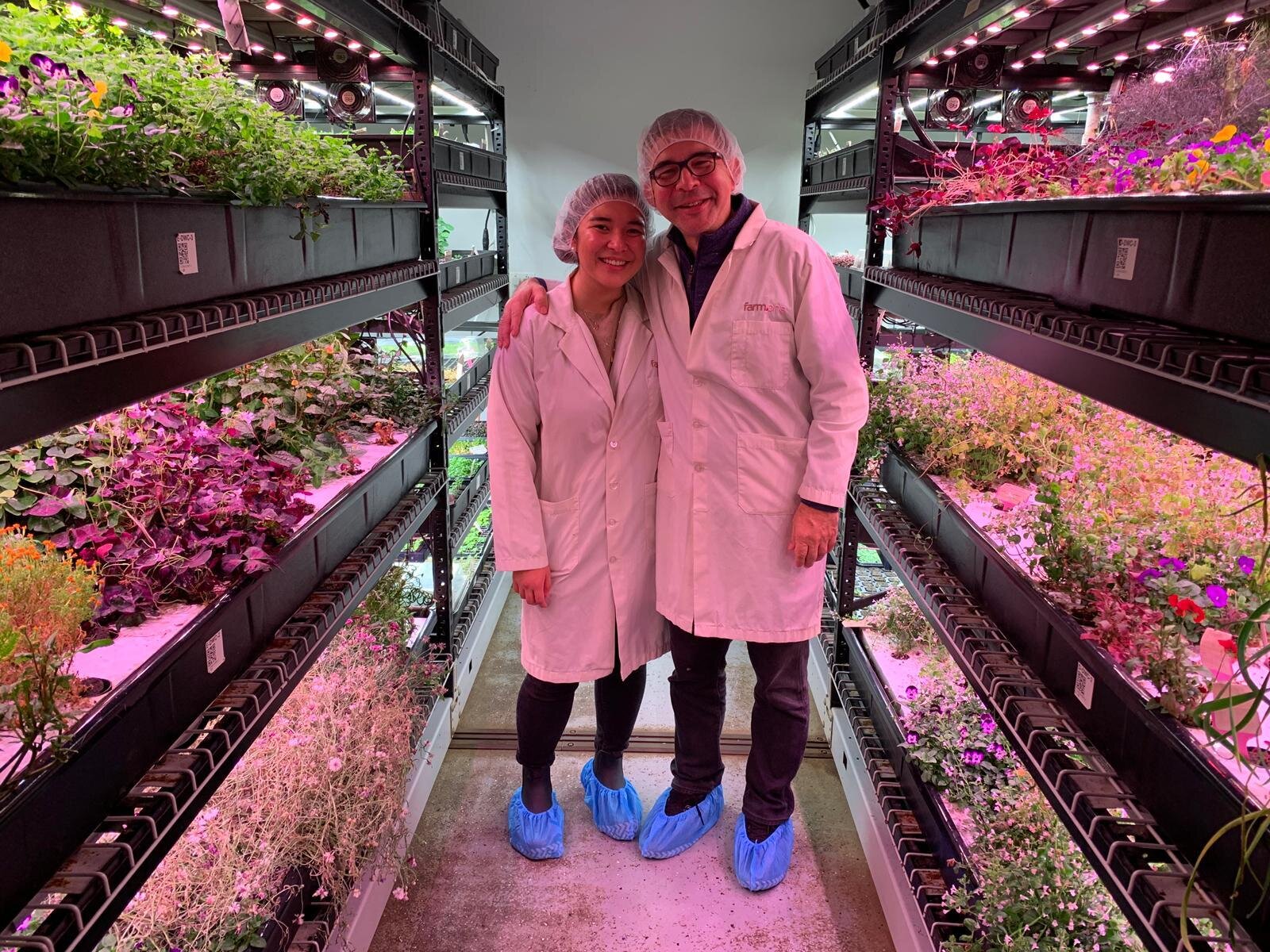Jul 8, 2020
Meet Agritecture's Team Of Consultants: Introducing Bea Miñana

Get to know the amazing team at Agritecture! This Q+A features Bea Miñana, an Associate Consultant at Agritecture Consulting!
How did you first get involved with Agritecture?
My name is Bea, and I’m currently in New York City. I connected with Agritecture when I volunteered for NYC AgTech Week in the fall of 2019. I met Henry and Ricky then and learned about all the exciting work being done for Designer. That meeting eventually led to an internship in January, working with Agritecture’s consulting, product, and marketing teams. Since finishing grad school, I’ve transitioned into a full-time consulting role with the company.
As an Associate Consultant, where do you see yourself most able to contribute?
I’m most able to contribute by helping clients ensure both the environmental sustainability and economic feasibility of their projects. Because of my mixed background in sustainability management and traditional business management, I’m always trying to find ways to balance both. I believe that when thought through intentionally and executed well, profit doesn’t have to be sacrificed for purpose, and vice versa.
What prior experience did you bring with you to Agritecture?
Before joining Agritecture, I interned at Farm.One, an indoor hydroponic farm in Manhattan, where I learned the hard work and some of the technical skills needed to effectively run a controlled environment agriculture operation. Combined with the hands-on experience, I did research in grad school on how investments affect land rights, human rights, and the environment––a perspective I find helpful when considering the social and environmental impacts of development. Prior to grad school, I was a consultant at the Additive Agency, a Brooklyn-based brand consulting firm, where I helped develop communication strategies for purpose-driven organizations around the country.

What is one of your favorite projects?
One of my favorite projects was for a client in an industry completely different from agriculture; their group was interested in branching out and developing an indoor farm in the Middle East. It thrills me that those in historically lucrative industries also see the viability and potential of urban agriculture, and are interested in converting spaces they already own into farms. The MENA region is particularly interesting to me because its natural climate, water levels, and soil type strengthen the case for controlled environment agriculture as an additional farming method.
What part of controlled environment agriculture excites you the most?
The fact that it sits at the intersection of some of the most pressing climate-related issues we face today—food security, water scarcity, waste accumulation, and urbanization. It makes the challenges dynamic and the solutions really meaningful to me. It also has a massive impact on social sustainability, as it can provide both food and agency to communities that historically have not had access to nutritious food and farmland.
Where do you hope to see the industry in 5 years?
I hope that in five years, urban agriculture will be fully integrated into urban planning, and found at the center of at least the world’s most populated cities. If more people are choosing to settle in cities around the world, we need to rethink how we supplement our food supply. Having farms in places where most people live can make us more resilient. I also hope that we, as an industry, can get the technology to a point where more types of nutritious crops can be grown in these systems, and more people can afford to develop indoor farms for places that need it most.
